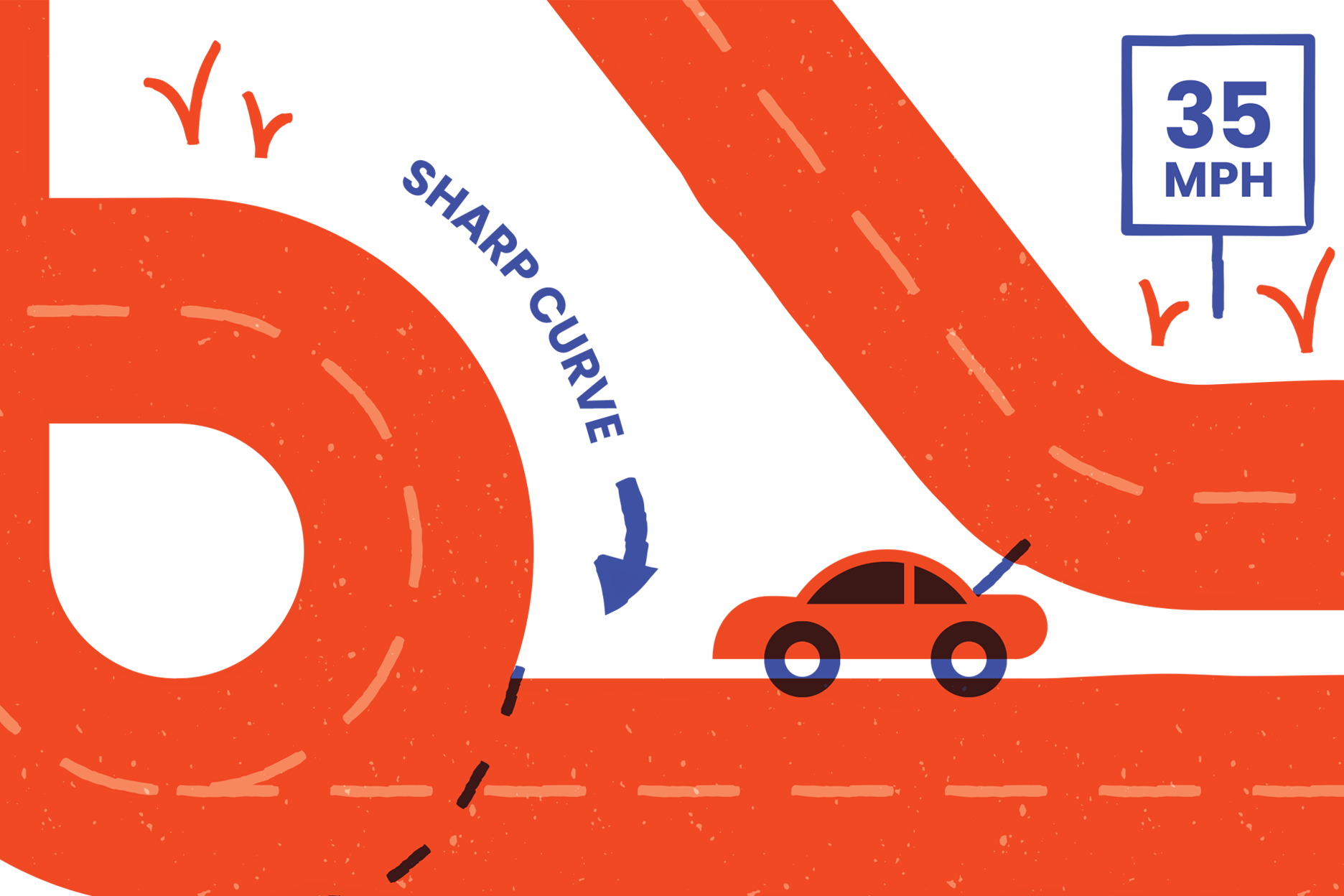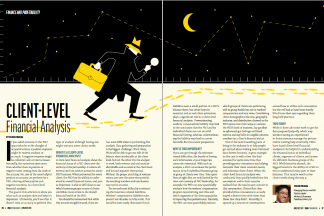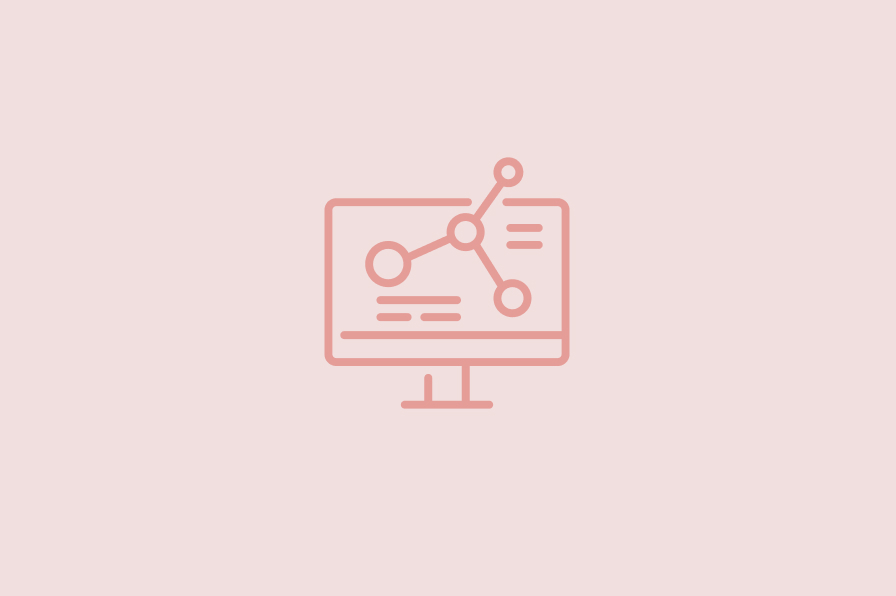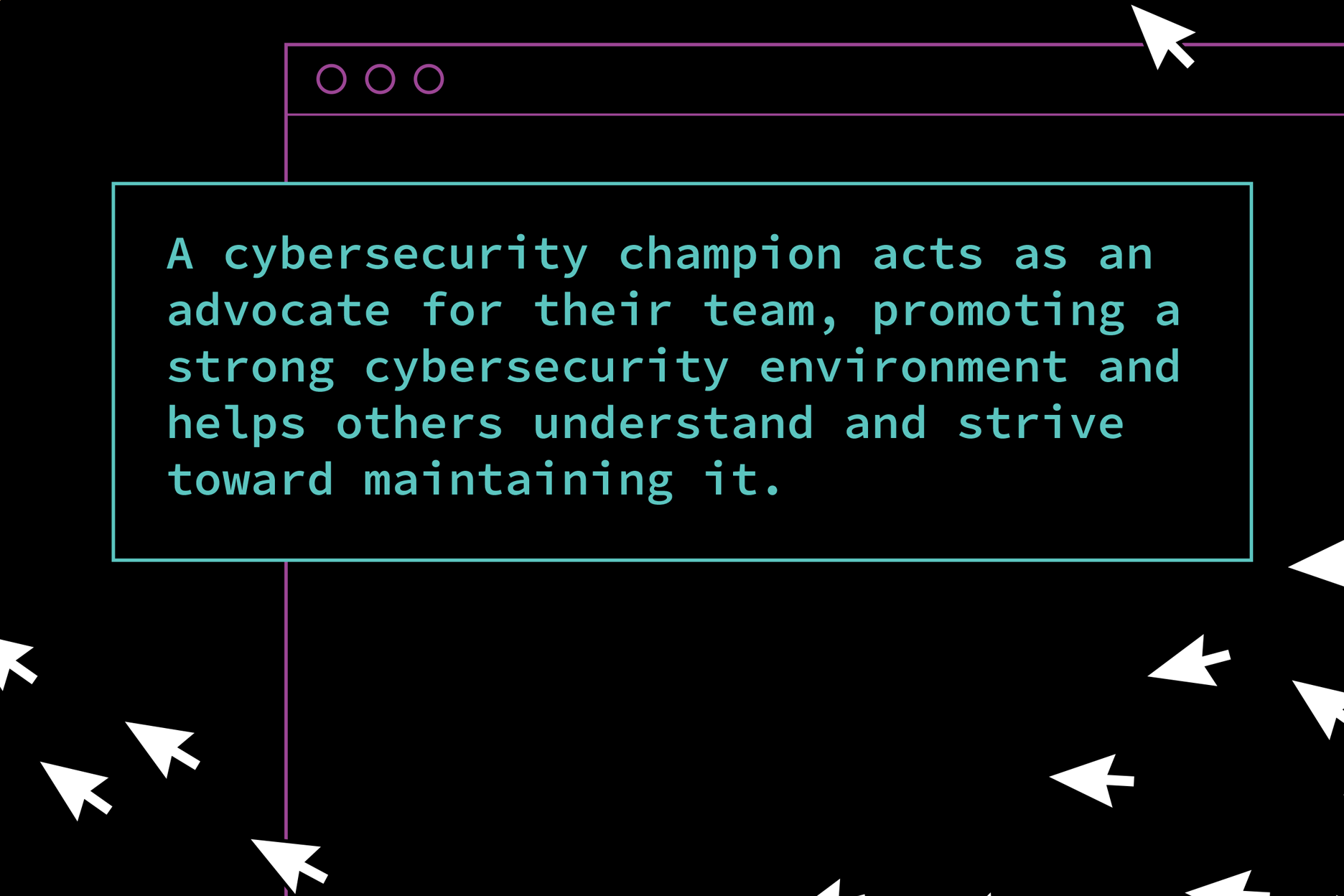AI: A MASSIVE CHALLENGE AND OPPORTUNITY FOR PEOS
December 2023/January 2024


Artificial Intelligence (AI) has long captured the collective imagination—and, fitting with the modern-day discourse, views on its use and potential have widely varied. Through the lens of fiction, some have taken a benevolent, optimistic view of the technology (think WALL-E). Others have applied a decidedly pessimistic view of AI (think HAL from 2001: A Space Odyssey).
At this stage, AI is nothing new, and its applications are prevalent—there is no turning back. While AI functions such as chatbots have become the norm for businesses and consumers, ChatGPT’s capabilities have elevated the AI discussion to an entirely new plane. If nothing else, ChatGPT’s rise has been a paradigm shift in how we think about AI and the ways it can be either the infrastructure for a utopian society or an agent of chaos. Of course, the truth lies somewhere in between.
The smart machines aren’t in charge just yet—at the time of this writing, real people are still calling the shots for their organizations. But we’ve now reached a critical juncture where companies need to make a few important decisions about how to use AI. Many topics will include both HR and HCM, meaning countless companies will be looking to their PEO partners to provide guidance in navigating the increasingly complicated AI waters.
Among the most pressing issues are the ethics surrounding AI, as well as its potential impact.
Let’s look at each topic, and considerations for PEOs.
ETHICS
For as long as the massive potential of productive AI has been considered, the excitement has been dampened by reasonable ethical concerns. Let’s face it—we are all flawed and fallible, and these foibles will inevitably seep into the technology we create. The designers and producers of AI technology will unavoidably etch their viewpoints and preferences into their creations. At the outset, companies should strive to drive their AI capabilities to create a more unbiased, ethical workplace that serves everyone. With this in mind, HR teams can create unbiased, inclusive hiring policies while cultivating a more equitable work environment across the board.
On a more granular, everyday level, employees aren’t sure how and whether they should be utilizing AI. According to isolved’s survey of employees, 67 percent of employers do not have a formal, communicated AI policy or ethics code that employees should follow. If the AI landscape is already looking like the Wild West to its employees, companies have a responsibility to provide a path toward civilization.
PEO CONSIDERATION
Organizations of all sizes and spanning all industries should have a formal, articulated AI policy, especially HCM providers. By clearly communicating the company’s stance on AI and its usage, PEOs can know where these companies stand on the issue and feel confident that the technology will be wielded with good intentions. Companies with nebulous AI policies should be avoided, as they are more likely to misuse AI—which reflects poorly on any organization that refers their technology or services. By partnering with forward-thinking organizations that are taking steps today to avoid missteps in the future, PEOs can ensure their sterling reputations remain untarnished.
IMPACT
We’ve established that AI has arrived and in a big way. But what, exactly, are the real-world use cases for businesses today? Are we talking about walking, talking supercomputers or sleeker versions of the Furby? Simple chatbots, for example, have been around for over sixty years. And while they’re certainly still worthwhile tools, we’ve moved far beyond primitive bots that can provide a set of responses to generic prompts. Now we’re moving toward conversational virtual assistants that provide personalized replies based on a built-in knowledge base.
For HR teams, implementing AI can transform their day-to-day from laundry lists of administrative tasks to a blank canvas of possibilities. With the right AI capabilities, HR teams can improve a lot of processes.
Eliminate payroll errors: With robust AI technology, HR teams can catch payroll errors before they occur, which bolsters compliance and eliminates the possibility of a disgruntled employee with an incorrect paycheck.
Provide a personalized employee experience (EX): AI is now used efficiently in the eCommerce industry. Through AI, sellers find the right people, on the right channels and at the right time to make a purchase. The same concept and technology can be used by AI teams to automatically create personalized pathways to match employees to the right resources.
Automate recruiting: Previously, sifting through mounds of resumes has been a slog for HR teams. With the use of AI functions like large language models (LLM), which are found in tools like ChatGPT, recruiting becomes a seamless process by identifying and matching candidate profiles against job requirements.
Use actionable analytics: Through AI, HR teams can turn a mountain of data into a goldmine of actionable analytics. Think salary benchmarking and predictive capabilities that can help boost EX and retention.
PEO CONSIDERATION
Clients will want access to the latest and most cutting-edge AI technology. The question for PEOs becomes where AI is headed and how can it be used to best serve their client base. According to isolved’s survey of PEO, ASO and Payroll Service Providers, AI-assisted tools, predictive analytics and benchmark insights are in high demand by employers, but are least likely to be offered by service bureaus. By partnering with companies that are perpetually refining and honing their AI approach, PEOs can rest assured that their clients will always have access to the latest AI innovations.
AI has arrived, and it’s here to stay. So, how should PEOs navigate the present and future of AI? First, they should partner with organizations that understand its complicated nature and commit to indisputable ethical considerations now, instead of waiting for future permeations and use cases to emerge. Additionally, PEOs are wise to partner with companies that are planning for these future iterations of AI, so they can continue to innovate and future-proof their businesses.
AI isn’t going to take over the world as we know it—but companies that wisely employ it just might.
-
SHARE
- Copy to clipboard



